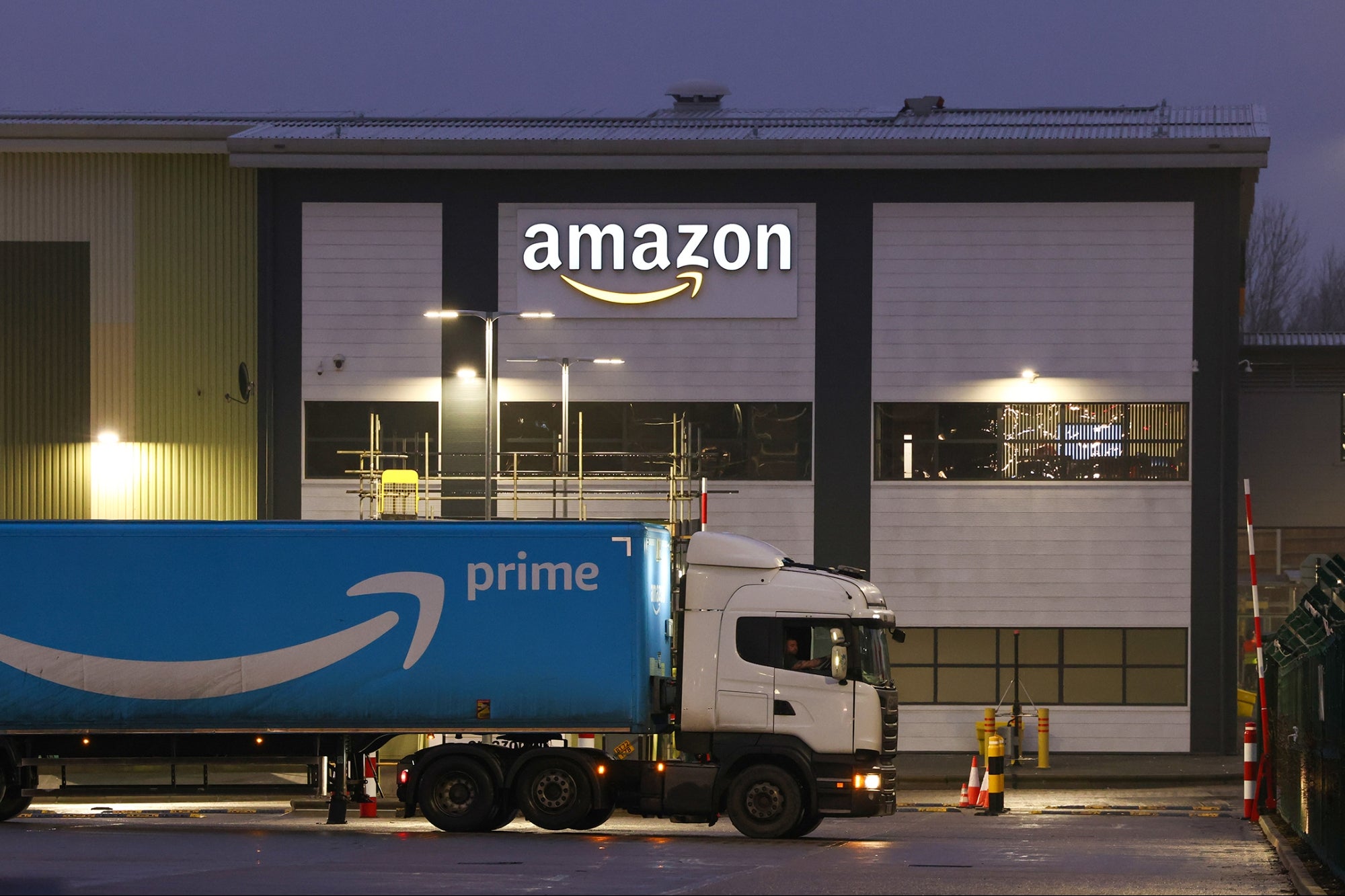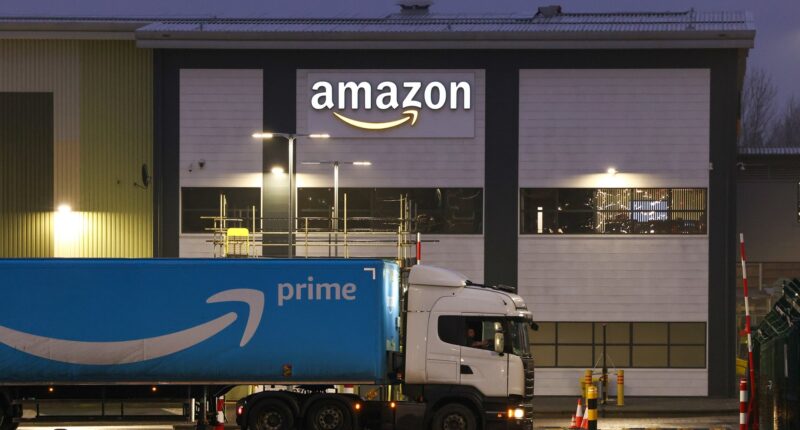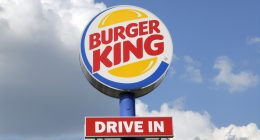
Opinions expressed by Entrepreneur contributors are their own.
Another year, another Amazon Prime Day. As the data from the brands I manage rolled in, I knew this would be a big year. According to Amazon, this year shoppers purchased 375 million items over two days, up from 300 million items sold last year.
Amazon’s summer shopping holiday has not only made an indelible mark on the buying patterns of Americans but influenced sellers as well. What used to be a lull for online shoppers is now one of the biggest days for moving mid-year inventory. So, why were Amazon shoppers ready to spend $12.7 billion on Prime Day?
Bigger than Black Friday (sort of)
At an initial glance, Prime reigns supreme against shopping holiday Black Friday. In 2021, Black Friday sales on Amazon amounted to $8.9 billion, while Prime Day sales were $11.2 billion. It’s hard to make a one-to-one comparison, though. That’s a one-day sale event compared to a two-day sale event. Plus, Black Friday sales have developed into a month-long extravaganza and are compounded with Cyber Monday.
The key takeaway is when Prime Day happens — summer. Summer is traditionally a sales slump for ecommerce sellers. Seasonal products and brands benefit from a mid-year sale event. When people think of Black Friday, no one buys summer products in fall or winter. Plenty of summer inventory would sit stagnant without the boost of Prime Day.
Related: 3 Ways New Amazon Sellers Can Stand Out From the Crowd on Prime Day
Prime Day is what gave Amazon the first-mover advantage. The first Prime Day wasn’t the first time retailers tried to capitalize on the summer season. Best Buy and Target had attempted to use the “Black Friday in July” as early as 2012, but simply playing with the idea of “Christmas in July” wasn’t strong enough branding. Amazon had created a holiday that revolved around them, celebrating all things Amazon. Other retailers have noticed Amazon’s summer swell and have done their best to catch the wave as well.
Cheap knock-offs
97% of Prime Day shoppers were aware of Prime Day before the sale, and 80% had shopped during the event in the past. Amazon doesn’t just drive awareness around Prime Day; online articles from every outlet possible tried to get clicks on their own sites. Prime Day has become a self-fulfilling prophecy, and Amazon doesn’t have to lift a finger.
What about all the other major online retailers? Best Buy continued to use “Black Friday in July” to differentiate their Prime Day sale equivalent. Wayfair, Target, Overstock, Nordstrom and even D2C brands all had their own deals and sales running concurrently.
But how did everyone talk about these sales? Within the context of Prime Day, many publications still used Amazon terminology, with “The best non-Amazon Prime Day deals to shop right now,” and “Wayfair Is Taking on Prime Day with a Huge Sale of Its Own.”
No matter what other retailers try, unless they can come up with something as succinct and pervasive as Prime Day, their sales will continue to be talked about in relation to Amazon.
Related: Amazon Uses These Psychological Tricks To Take Your Money on Prime Day
Deal hunters
Amazon was very happy with its Prime Day turnout this year. Doug Herrington, CEO of Amazon Stores, said, “The first day of Prime Day was the largest sales day in Amazon’s history, and Prime members saved more this year than any other Prime Day event.” The average order size was $54.05, up from $52.26 during Prime Day 2022.
Nearly half of shoppers had their eyes on items and were waiting for the right moment to snatch them up. Some sellers looked to take advantage of this, like the Redditor who tried to buy an ottoman footstool, adding it to their cart on July 10 at $69.08. When they checked the next day, the first day of Prime Day, the item was listed as 37% off! Except the stool’s “typical price” was $110.40, and its sale price was $69.08.
Researchers refer to this scheme as “price-increase and list-price synchronization” or PILPS. It’s recommended that shoppers use price trackers like Amazon Assistant, CamelCamelCamel and Honey to make sure they really are getting the best deals from sellers.
Related: Why “Free” Shipping Isn’t Really Free (And Why It’s Getting More Expensive)
Fulfilled by Amazon
Prime Day works because it taps into Amazon’s massive Prime ecosystem. Shoppers need an Amazon Prime subscription to access all the deals available. On top of that, only Prime-listed products are getting discounts on Prime Day. Generally, a seller needs to use Fulfillment By Amazon (FBA) to offer a Prime-compatible product. In a way, the success of Prime Day is Amazon pointing to sellers and saying, “If you want to join in on the fun, you need to join the club.”
And most sellers do. There are a few sellers who offer Prime products on Amazon without FBA. But 94% of Amazon sellers use Fulfillment by Amazon. As an FBA seller, you don’t have to pay for individual shipping, handling or packaging to ship your goods. Amazon, however, is getting the equivalent of about a 15% commission on each sale. Between storage and fulfillment fees, though, it’s worth it to be a Prime product.
Even though sellers pay for FBA, consumers are swayed by Prime shipping. 67% of consumers cited Prime eligibility as an important factor when they are selecting a product on Amazon. On Prime Day, a seller’s product has to be Prime-eligible to be featured. Judging by this year’s numbers, Prime Day might spur those few holdout sellers to join FBA.
Related: Online Stores Like Amazon Are Robbing Your Brand — Here’s How AI Can Stop Them
What’s next?
We’re coming up on a decade of Prime Days, and it leaves me wondering what’s next for the summer shopping holiday. For starters, there are rumors that there will be a second Prime Day event this year. In 2022, Amazon held a second Prime Day event called the Prime Early Access Sale. This year, it was reported that sellers were notified of an August 11 deadline for another secondary Prime event.
Will there be deal fatigue for shoppers? Was last year’s secondary Prime Day the beginning of a multi-Prime Day pattern? It’s possible, but the main takeaway is that there will always be at least one summer shopping super sale on Amazon. What’s next for Prime Day depends on consumer behavior. The recession risks have so many people scared about spending, yet, here we are talking about Amazon’s biggest day of sales ever. The fact that shoppers were carefully watching deals indicates that consumers are just savvier about when they spend their money.
No matter what, Prime Day is a solid reminder of the potential of ecommerce. People are buying things online, and for a couple of days in the middle of summer, a fabricated sales holiday makes sellers (and Amazon) feel pretty good.
This article is from Entrepreneur.com








